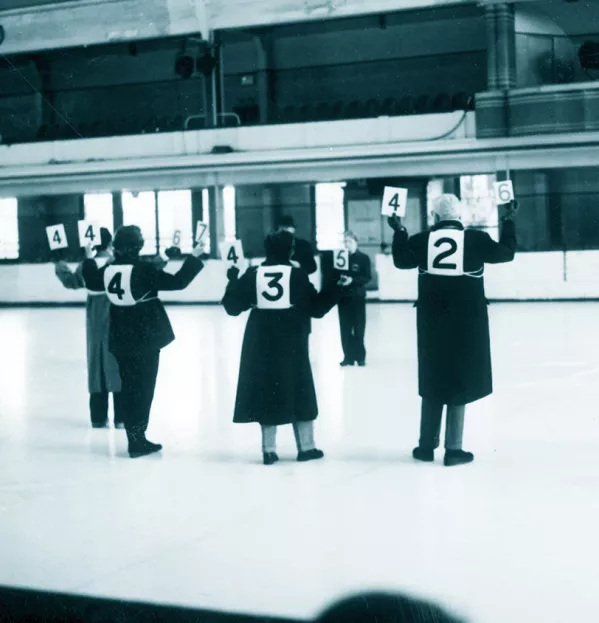Workload crisis? We still mark every book, every lesson

Amid the ongoing effort to reduce workload, few areas of the teacher’s role have become more maligned than the marking of books: no image screams “overworked teacher” as much as the sight of an exhausted educator carrying home piles of books.
But at our school, we still mark every book, every lesson.
I have some sympathy with the zero-marking trend and I’ve seen the successes some schools have had with this approach. In my setting, up until this year, marking a set of books used to take longer than the actual lesson; it became routine for me. Eventually, I noticed that I was always fighting the clock to get marking finished, so I was not actually assessing the work in the most effective way.
Obviously, something needed to change, but a ban on marking should not be the only solution for those in this situation.
At our school, we believe that assessment for learning should happen during and after every lesson. It should inform where we go next and be integral to our long-term planning. And if we are asking children to complete work, but not bothering to read it ourselves, what sort of message are we sending out? If we can’t be bothered to read each piece of work, then why should they put in the effort?
Clearly, though, we had to find a way of doing this that was manageable, proportional and had impact. Our former marking method was not fulfilling that brief. We used to write a positive comment and a next-step comment in every book for every lesson each day. Although this looked fantastic for book monitoring, it wasn’t really benefiting anyone.
Upon reflection, it became clear to us that we needed to get rid of this positive comment altogether. It was just a manipulation of the learning objective and made for a tedious task for teachers.
Then we looked at the next-step feedback comments. Sometimes they worked well, but, without context, they were often too vague and ambiguous for the children.
Feedback codes
Taking all of this into consideration, we developed a new system. We decided to reduce and limit the types of feedback that could be given, and to use a code system instead of full written sentences in every book. That code would relate to a comment displayed on the interactive whiteboard at the start of the next lesson.
We acknowledged that there would most likely be a few pupils who required feedback that did not fit the rest of the class feedback, and decided that this should be written individually in their books.
We set ourselves some parameters. Feedback comments should be based on one of the following:
● To help address a misconception.
● To help check understanding.
● To identify where careless mistakes should be corrected.
● To extend understanding.
We also decided on a maximum of three feedback statements at a time for each lesson. Codes included:
● Exp: Explain.
● Rel: Relationship (pattern).
● Rep: Represent (conceptually).
● Redo: Have another attempt at a particular question.
At the start of each lesson, children now match their code to the feedback chart on the whiteboard and apply it to their work.
After several weeks of trialling the new policy, we sat down as a group and brought along examples of books. Staff enjoyed the succinctness of their feedback and this freed up a lot of time. The children much preferred the new policy, too; in a recent pupil audit, 94 per cent said that they now knew what they needed to do to improve. As a leadership team, we have assessed the impact in terms of key stage 2 national curriculum test data and we’ve improved our progress score, attainment score and average point score.
So can you mark every book, every day, for every lesson and not have an unnecessary impact on teacher workload? I think we have proved it is possible.
The new system enables our teachers to see exactly where our children are in their learning, in real time; it facilitates better formative assessment and planning; and it gives our students a reason to put maximum effort in at all times - they know that what they produce is going to be read carefully and appreciated.
This is not to say that those marking in other ways, or not at all, are wrong. But it is to say that banning marking altogether is not the only solution to the workload crisis. Yes, marking used to mean long nights scrutinising and scribbling on books, but now it is a simple and easy way to give our students the best feedback possible, while still allowing teachers the time to do other things - whether that is improving subject knowledge, adapting planning or simply taking a well-earned rest.
Stevie Devlin is a teaching-for-mastery lead at Bursted Wood Primary school in London
You need a Tes subscription to read this article
Subscribe now to read this article and get other subscriber-only content:
- Unlimited access to all Tes magazine content
- Exclusive subscriber-only stories
- Award-winning email newsletters
Already a subscriber? Log in
You need a subscription to read this article
Subscribe now to read this article and get other subscriber-only content, including:
- Unlimited access to all Tes magazine content
- Exclusive subscriber-only stories
- Award-winning email newsletters